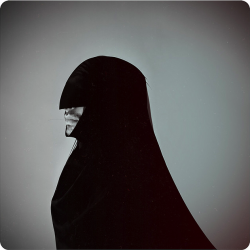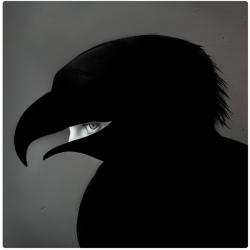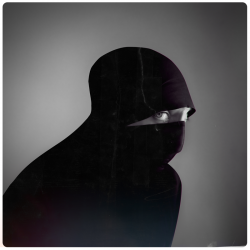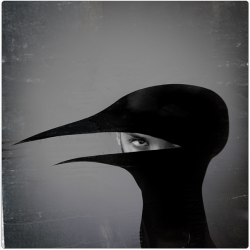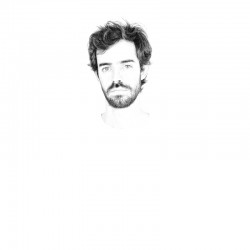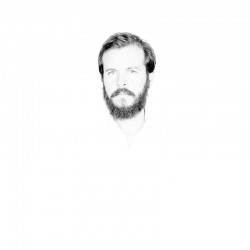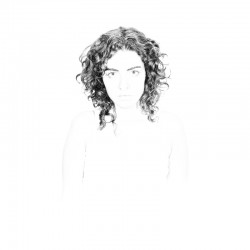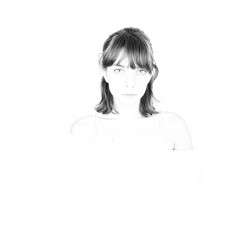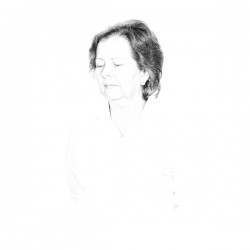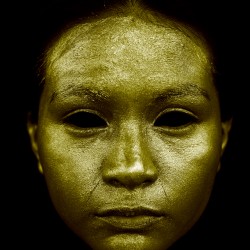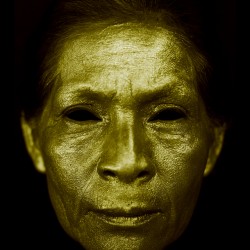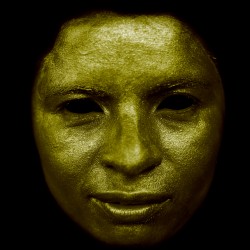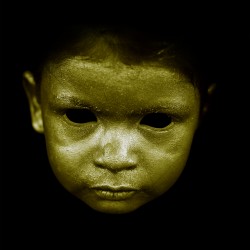Portraits speak visually of our lives; they connect both the mundane physical presence of our existence and the grimace of our inner world. Historically, portraits represented reality as closely to what our eyes could see, but with the change of time, vision and technology they started displaying an image that was a product of both the portrayed and the portrayer.
Photography’s role in portraiture began with the camera obscura. It was used to get a more realistic image of the subject in order to produce a guide for painting. After the evolution of the photographic process, the camera became a tool for high fidelity becoming the most realistic of the mimetic arts, and therefore allowing the photographer to act in his most pure form.
But with the revolution of the arts came new questions and approaches as to the reality that the camera was shooting and portraits started showing culture, personal considerations of aesthetics and deeper more intricate ways of viewing an alternative reality, and displaying it not only as a proof of life and memory but as a perspective of that life.
On the other side of the camera, the aggressor – as philosopher Susan Sontag described the photographer – imprinted their own vision of the person being portrayed. This impression not only created a scene to define the passive subject, but also defined the goals of the photographer. A poor person could be shown in their Sunday best or whilst working in the field.
With the Exhibit Retratos, MÜ Gallery shows portraiture through the eyes of three contemporary photographers and that speak of history, reality, and fiction. Each of these artists captures their subject’s inner being while at the same time, projecting their own history – their own portrait – into the printed image.
Luis Avendaño’s portraits take a historical path, speaking directly of an indigenous past that references the ideals of El Dorado – that initiated colonialism in the Americas. His portraits present real people of native decent that have been touched by modern life, but remain in a past illuminated by richness and tradition.
In color theory, white is the absence of color and black is all color. Juan Felipe Rubio has reflected Avendaño’s portrayal of the real person by floating his passive subject in a world without color and without heavy connotation. His beings are light (weight), and are embodied by the lack of content. They are sensitive beings that only exist when the sun comes out from behind the cloud. Rubio both praises the spirit within and raises it as if it were mid-flight.
Amir Hossein Keihani lives in Tehran, Iran where religion is not only a main part of city, but it runs the society. In Iran, women wear a chador, un tipo de prenda that covers the entire body leaving the face or just the eyes open. Some chadors even cover the eyes. Keihani sees these coverings as anthropomorphic. Instead of covering women, they transform them into birds, each with their own shape, peering at you from behind the feathers.
These three photographers present retratos of people, but do so with curiosity, instinct, and self-critique. These are not just portraits of people, but portraits of the photographer. With Retratos, Galería MÜ invites you to look beyond the face and to see the inner strength within each analysis.

